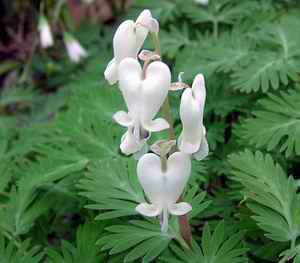Yes, it's mine. However, it's a very small corner of a large forest and I am quite trapped inside my own area by a steep hill. There is a nature walk at the top of the hill owned by a nearby school and students from a local college botany class take field trips on it. The problem is, the path to the nature walk also goes up the hill, and though it's not as steep, I fear it's too much for me to climb carrying camera equipment.
This little area, minus the hill itself, is where I find most of these plants.There is also a small meadow across the street that I prowl through even though it's not mine.






